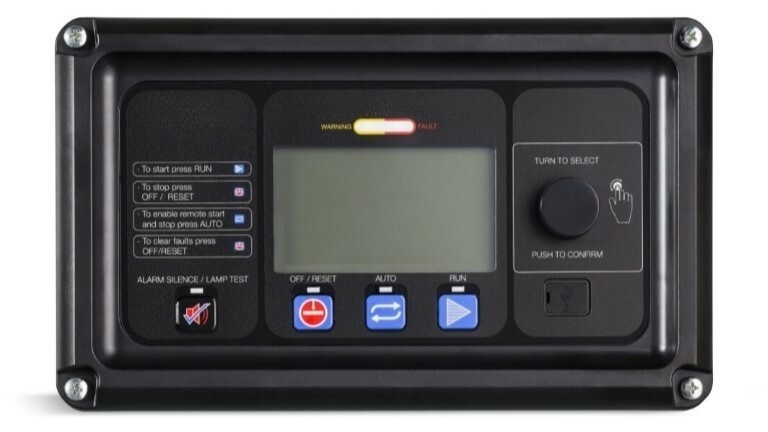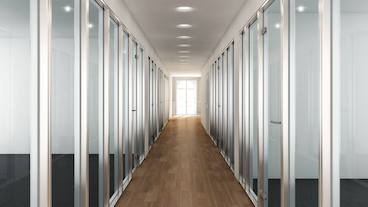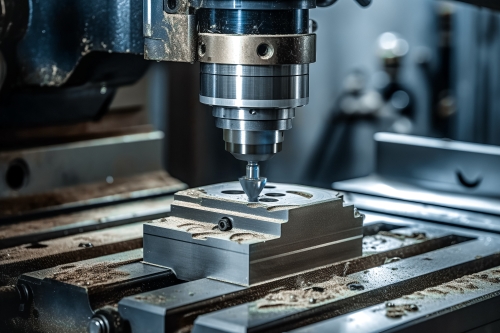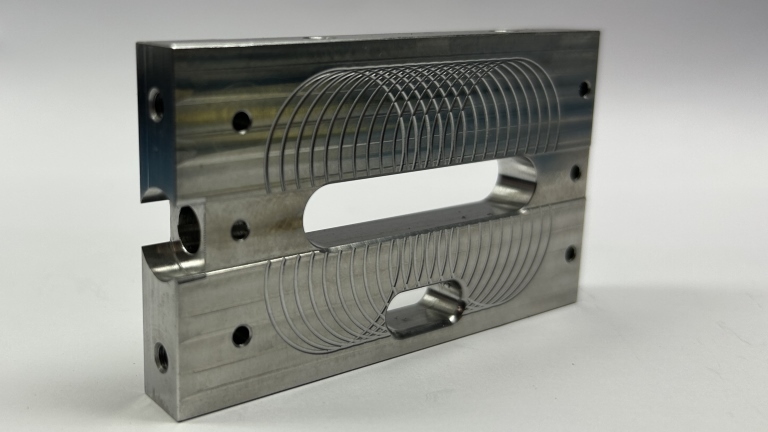Precision metal parts manufacturer
Achieve metal mastery with precision-crafted solutions.
Nelson Miller Group’s metal engineering and fabrication expertise ensure a perfect part every time.Your preferred partner in all metal matters
When you need precise, specialized metalwork, look no further than Nelson Miller Group (NMG). In collaboration with our partner factories, we have decades of manufacturing expertise and the know-how to achieve your part’s desired geometry, features, and function.

Partner with NMG for your metal fabrication needs across a wide range of applications:
- Metal enclosures and structures. Cabinets, casings, enclosures, fittings, frames, housings
- Hardware components. Hinges, mounts, racks, sockets, springs






Raw materials for metal parts manufacturing
Choosing the right material is critical to ensure the required mechanical properties, tolerances, and environmental conditions are met. NMG ensures important factors like strength, hardness, corrosion resistance, and thermal conductivity are considered to ensure the appropriate selection of metal(s) for your project’s unique needs. The primary metals with which we work are:
- aluminum
- copper
- brass
- zinc
- steel
- iron
NMG carefully oversees raw materials selection to ensure quality requirements are met (and often exceeded) in the final product.

Metal parts manufacturing processes
NMG supports a broad range of metal manufacturing processes. Depending on the application, a combination of various manufacturing methods may be required.
Metal forming
Metal forming involves the deformation of metal sheets or tubes to create various shapes. It’s a versatile set of techniques that can be applied to a variety of metals, which can be used individually or in combination to achieve complex and precise components. Some examples of metal forming processes that NMG supports are:
- Rolling. Process in which a metal workpiece (sheet, plate, or coil) passes through a pair of rolls to reduce its thickness or to impart a desired shape. Rolling is achieved primarily with “rolling mills” which can be hot or cold (at room temperature).

- Stamping and punching. These processes use a die to deform or cut metal sheets into specific shapes or configurations. This can be achieved through various machines, including mechanical or hydraulic presses. The die and punch have shapes corresponding to the desired feature.
- Tube and sheet metal bending and folding. To fold metal along a straight axis, a metal sheet is generally positioned between a punch and a die, with a press break applying force to bend the sheet to the desired angle. A press brake can also be used to bend the metal into a curved shape. The process may involve multiple bends to achieve complex shapes. Similar processes can be applied for tube bending, as well.
Metal casting
With casting, molten metal is poured into a mold cavity and allowed to solidify to create a desired shape. This process is one of the oldest known manufacturing processes and is used to produce a wide range of metal parts and components.
The metal casting process:
- A replica of the final part is made from wood, plastic, or metal and placed in a molding material (usually sand) to create a mold. There are various types of molds (i.e. permanent molds, investment molds, green sand molds), and factors such as production volume, complexity of the part, and material play into the selection between them.

- To create the final part, metal is melted in a furnace. The temperature must be carefully controlled to ensure the metal is in a liquid state when poured into the mold cavity. The molten metal is poured in using a gating system that includes channels and gates designed to help it flow smoothly into the mold cavity. The metal then cools and solidifies inside the mold cavity; variations in this process can affect the final properties of the casting. After it’s cooled, the casting is taken out of the mold and, in some instances, undergoes additional processes such as sand removal or shakeout.
- The casting may undergo additional finishing operations—machining, grinding, heat treatment, and/or surface treatments–to achieve the desired finish, dimensional accuracy, and mechanical processing.
Metal casting is a versatile process and can be used to produce a wide variety of parts, ranging from simple to highly complex shapes. It’s widely used in industries such as automotive, aerospace, construction, and more. Common types of metal casting processes include sand casting, investment casting, die casting, and permanent mold casting, each offering specific advantages for different applications. The choice of casting method depends on factors such as material, part complexity, production volume, and required tolerances.
Metal CNC machining
Computer numerical control (CNC) machining leverages computerized controls to operate machine tools that remove material from a workpiece to create a custom-designed part or product. CNC machining is highly automated, which enables very precise and efficient production of components with complex geometries. CNC machining is widely used in various industries for prototyping, production, and customization of parts.
How it works:
- CNC machining starts with the creation of a computer-aided design, or CAD, model of the desired part. This allows the final product’s specifications, dimensions, and geometry to be programmed into the CNC machine with the use of computer-aided manufacturing (CAM) software, which generates toolpaths and instructions for the CNC machine based on the design specifications.

- The proper cutting tools (end mills, drills, lathes, etc.) are loaded into the CNC machine and the metal workpiece is secured onto the machine table. The machine's coordinate system is established to ensure accurate machining, and the CNC program is loaded into the machine’s computer. The program drives the tool movements, spindle speeds, and feed rates to cut and shape the metal workpiece, removing unwanted material to create the desired shape. As needed, the CNC machine will automatically change tools to complete various tasks, such as threading,
drilling, roughing, and finishing. - Once machining is complete, the finished part may undergo additional processes such as deburring, polishing, or surface treatments to achieve the desired final appearance and properties.
CNC machining is an essential technology in modern manufacturing, contributing to the production of components in industries, such as aerospace, automotive, electronics, and medical devices. It’s favored for its high precision, repeatability, and ability to produce complex parts with tight tolerances.
Metal extrusion
Metal extrusion involves forcing a metal billet or workpiece through a die to create a desired shape, often with a constant cross-sectional profile. Extrusion is highly versatile and can produce a wide range of complex shapes that have consistent cross-sections—tubes, channels, rods, and complex geometries, to name a few. Different extrusion processes (direct or indirect) and various metals and alloys (aluminum, copper, steel, titanium) may be selected depending on the desired properties of the final product.
The process:
- A metal billet, typically in a rectangular or cylindrical shape, is heated to the appropriate temperature (this will vary based on the metal being used).

- A ram or screw mechanism forces the heated billet through a container or chamber and into a die at the opposite end. The shape of this die determines the shape of the extruded product, since the metal takes on its shape as it exits.
- The extruded metal is cooled with water or air to set the shape, then it’s cut to the desired length. Additional machining, heat treatment, or surface finishing may be applied to achieve a finished product.
Extrusion is commonly used to produce components for construction materials, the automotive and aerospace industries, and numerous other applications.
Metal injection molding
Metal injection molding (MIM) combines principles from powder metallurgy and plastic injection molding and can produce large quantities of small, intricate components that may otherwise be challenging or expensive to manufacture.
The process:
- MIM starts with the creation of a mold from a detailed 3D CAD model of the part to be produced. Molds are generally made from steel that can withstand the extremely high temperatures and pressures involved in injection molding. The mold is fabricated or machined, usually through CNC machining and/or electrical discharge machining/EDM, depending on factors such as part complexity, tolerances, and the chosen tooling material.
- Metal powders made of stainless steel, titanium, tungsten, and others are combined with a thermoplastic binder to create a feedstock, which is heated to a semi-liquid state and injected into the mold under high pressure. The material solidifies in the mold, creating a “green part” that includes the binder and the solidified metal.
- The part undergoes a debinding process, which generally includes various thermal processes and solvents, to remove the majority of the binder. This leaves behind a porous structure of metal powders that are sintered in a high-temperature furnace at a temperature just below the metal’s melting point, which causes the metal particles to fuse together and densify.
- The metal part may undergo additional post-processing steps to achieve the required final properties. This may include heat treatment, machining, and surface finishing processes.
Metal injection molding is commonly used in industries that require small, intricate, high-precision metal components. This includes aerospace, medical, electronics, automotive, and consumer goods, among others. It's favored for its high production and cost efficiency, as well as the wide variety of metals that can be used to accurately produce small and complex geometries.
Metal 3D printing
An additive manufacturing process, the 3D printing of metals involves metal powder or wire as the raw material. A specialized printer builds up the material layer-by-layer to create a final product. Some common metal 3D printing processes include:
- Selective laser melting (SLM). In SLM, a high-powered laser selectively melts and fuses metal powder layer-by-layer according to a digital design. The process takes place in a controlled environment with a build chamber filled with inert gas to prevent oxidation.

- Direct metal laser sintering (DMLS). DMLS is similar to SLM but operates at a lower temperature. It uses a laser to selectively sinter metal powder.
- Electron beam melting (EBM). EBM uses an electron beam instead of a laser to melt and fuse metal powder. The process takes place in a vacuum, minimizing the risk of oxidation.
- Binder jetting. In binder jetting, a liquid binder is selectively deposited onto a bed of metal powder, layer by layer. After each layer, a new layer of powder is spread, and the process is repeated until the entire part is formed. The green part is then sintered or infiltrated with a metal to achieve the final density.
- Metal fused filament fabrication (FFF). This method involves extruding metal-infused filament through a heated nozzle to create layers that solidify and build up the final part.
Metal 3D printing is used across multiple industries, including automotive, aerospace, healthcare (including implants and prosthetics), and tooling. It’s favored for its ability to create highly customized, complex, and/or intricate metal parts with high precision. It’s a quick process (making it a great choice for rapid prototyping) and produces less material waste than subtractive manufacturing processes. As technology continues to advance, metal 3D printing is becoming more accessible and is expected to play a significant role in the future of advanced manufacturing.
Ready to start a project today?
Case studies
See real-world examples of how NMG has helped customers across the full spectrum of the supply chain, from design to delivery.
Read our blog!
Access industry updates, helpful how-tos, engaging infographics, and other resources for engineers and supply chain professionals on the NMG Blog.
Get in touch!
We can’t wait to create winning solutions with you.
For general inquiries, please fill out this form and our team will be in touch shortly.




